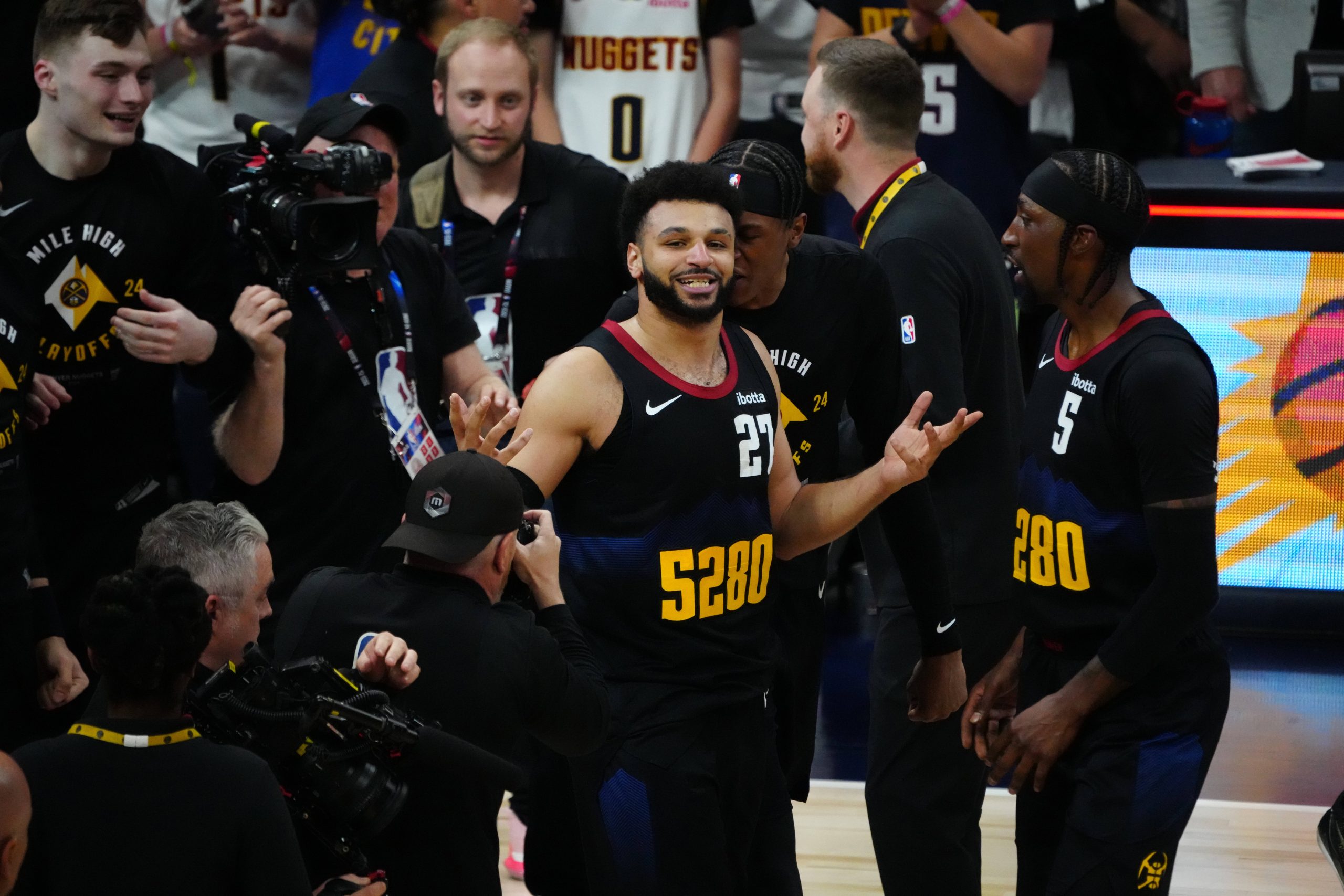Over the past decade, few athletic departments in the Big Ten or the major conferences have had worse stretches in football and men’s basketball than Illinois.
The football team has made just four bowl games in the past 10 years, with just three seasons over .500. The basketball team has made just three NCAA Tournaments in the same time period and never finished in the AP top 25.
The big problem? The Illini have hired bad coaches:
- Ron Zook made a fluke Rose Bowl in a 9-3 season, but he finished over .500 in just two of seven years. He recruited okay, but his teams tended to fall apart.
- Bruce Weber made an NCAA title game with Bill Self’s players, but he failed to recruit anyone of significance from Chicago—and there were a lot of significant Chicago recruits.
- Tim Beckman was an unqualified MAC football coach who abused his players.
- John Groce made the NCAA Tournament with Weber’s players, then didn’t make the tournament again.
- Lovie Smith went 3-9 in his first season, then saw his first recruiting class rank 10th in the Big Ten.
But finally, after more than a decade, Illinois looks like it might have hired a good coach, in its flagship sport of basketball.
After initially looking like they would overpay for another mediocre coach, Cal’s Cuonzo Martin, the Illini have made the best hire of this offseason so far, by hiring Brad Underwood away from Oklahoma State after just one season.
Underwood is a maverick in the coaching ranks who coaches a distinct, aggressive style. In his one year in Stillwater, Underwood improved the Cowboys from 98th to 23rd in the KenPom.com ratings, and earned an NCAA Tournament berth, which culminated in a one-point loss to Michigan. According to KenPom, OSU has the most efficient offense in the country, up from 153rd last year.
In 2015-16, Underwood’s Stephen F. Austin team went 28-6, beat West Virginia in the NCAA Tournament, and lost by Notre Dame by one point in the round of 32.
Just based on his resume, Underwood is a great hire. But he also provides an identity for the Illini that the program hasn’t had in a long time.
This isn’t the old days, when Illinois could just get the best players in Chicago and win. The Illini have built-in disadvantages that other programs don’t have—less money than their Big Ten foes and a location that’s not as great or as close to Chicago as advertised—and thanks to TV, relative location to Chicago doesn’t matter like it used to. If it did, then top Chicago players wouldn’t regularly be spurning Illinois for Duke, Kentucky, North Carolina, Kansas and even Memphis.
Illinois can’t be a national title or even Big Ten title contender by playing everyone else’s game. It needs to be different. Underwood seems to know that, and he’s prepared to mix it up.
“I like the thought of not allowing teams to do what they practice every day,” he said during his introductory press conference.
During that same press conference, he explained that the game is different than it once was, pointing to the use of analytics to gain a competitive advantage. He derided old, unhelpful statistics like “rebounding margin,” and used his own NCAA Tournament loss to Michigan to show why it isn’t helpful in evaluating his team. He pointed to his relationships with two coaches who have had more success in tougher situations than Illinois has had in years: Bob Huggins and “Press Virginia” style with West Virginia, and Frank Martin with his South Carolina team’s relentless aggressiveness, which has helped the Gamecocks advance to the Sweet Sixteen.
Illinois isn’t going to play basketball like business as usual. The Illini are going to push the boundaries of how aggressive coaches are willing to go. There are still questions about whether Underwood can recruit Chicago, and whether the Illinois job is even tougher than anyone thinks.
However, this hire seems different. Underwood has had more success than his predecessors and he has a unique plan the others weren’t willing to try. That’s a start for returning Illinois to prominence.







In my view, many of Illinois’s problems can be traced back to North Carolina firing Matt Doherty in 2003:
That to me at the time was an unjust firing considering the circumstances, and if I had been heading the NCAA, I would have hit NC with a “show-cause” penalty, forcing NC to go into great detail on why they wanted Roy Williams to replace Doherty, making it clear that NC would be hit with severe sanctions for bringing in Williams if Kansas then hired Bill Self (then the HC at Illinois) to replace Williams at Kansas, trying to keep the Big 10 happy (knowing what was to come in College Football in subsequent years and the Big 10 having more influence than the ACC).
I would have made NC keep Doherty for at least two more years UNLESS NC proved beyond a reasonable doubt that other events would have happened, holding NC to the standard established by the Philadelphia Phillies two and a half years earlier in 2000 when they clearly admitted their fired then-manager Terry Francona because season ticket holders made it clear they would not renew unless Francona was fired at a time the Phillies were trying to finalize financing for what became Citizens Bank Park. If NC (who got to the NIT quarterfinals in 2002-’03 after key injuries hit the team that won the Preseason NIT that year) failed to show the NCAA sufficient reason for firing Doherty, they would not have been allowed to do so unless they wanted to face a five-year postseason ban for bringing in Roy Williams (as in this case, the moves would have been specifically to prevent Bill Self from leaving Illinois for Kansas and keeping Williams at Kansas to keep the Big 10 happy).